In a world that increasingly values constant stimulation and around-the-clock activity, certain places stubbornly maintain their commitment to tranquility. These havens offer an increasingly rare commodity: genuine quiet, unstructured time and the space to hear your thoughts.
For travelers seeking respite from the cacophony of modern life, these destinations promise an environment where rush and noise give way to something more essential. Here is a list of 20 places around the world without bustling nightlife or urban commotion—just the perfect atmosphere for unwinding and reconnecting with a slower rhythm of existence.
Ittoqqortoormiit, Greenland

Nestled on Greenland’s remote eastern coast, this colorful village of fewer than 500 residents exists in profound isolation, with the nearest settlement over 300 miles away. Silence dominates the landscape, broken only by the occasional crack of sea ice or the soft padding of village dogs across the snow.
Visitors soon adapt to the natural rhythms of polar day and night, finding unexpected peace in a place where entertainment consists primarily of watching ever-changing Arctic light transform the landscape.
Bardsey Island, Wales
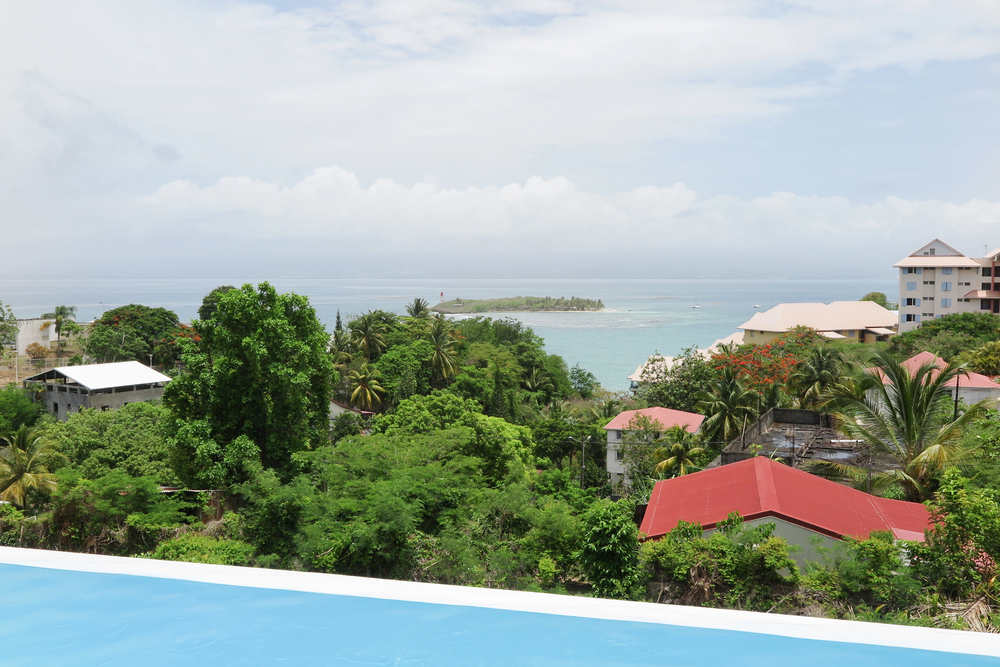
This small island off the Welsh coast has been a pilgrimage destination since medieval times, earning the nickname ‘Island of 20,000 Saints.’ Today, it houses just a handful of residents with no permanent electricity, ensuring nights remain truly dark and silent.
The absence of artificial light creates perfect conditions for stargazing while days pass in gentle observation of seabirds, seals, and the hypnotic rhythm of waves against ancient shores.
Like Travel Pug’s content? Follow us on MSN.
Koya-san, Japan

Home to over 100 Buddhist temples, this mountain sanctuary has preserved its contemplative atmosphere despite growing recognition. Many visitors participate in temple stays where evening falls with the ringing of bells, followed by the absolute stillness that continues until dawn prayers.
The surrounding cedar forests create natural sound barriers, while moss-covered paths between temples encourage mindful walking rather than purposeful striding.
Little Corn Island, Nicaragua
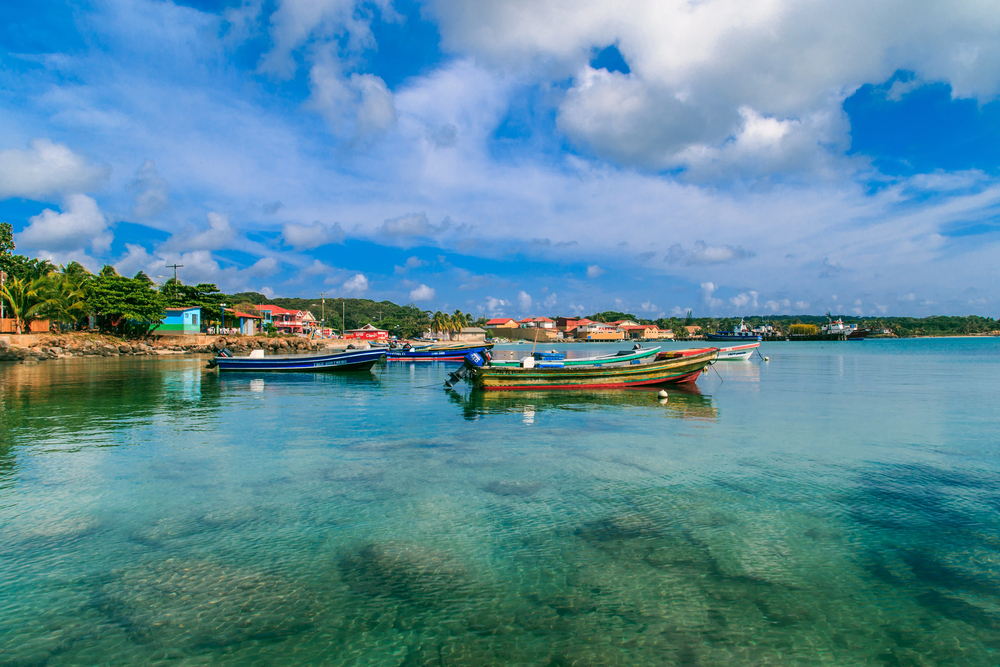
This Caribbean island prohibits motorized vehicles, immediately eliminating the background noise that colors most travel experiences. Paths winding through the jungle interior connect simple guesthouses to beaches where the loudest sound might be a coconut dropping onto the sand.
With no ATMs, banks, or paved roads, the modern rush disappears entirely, leaving only the gentle pulse of island life.
Gearrannan Blackhouse Village, Scotland
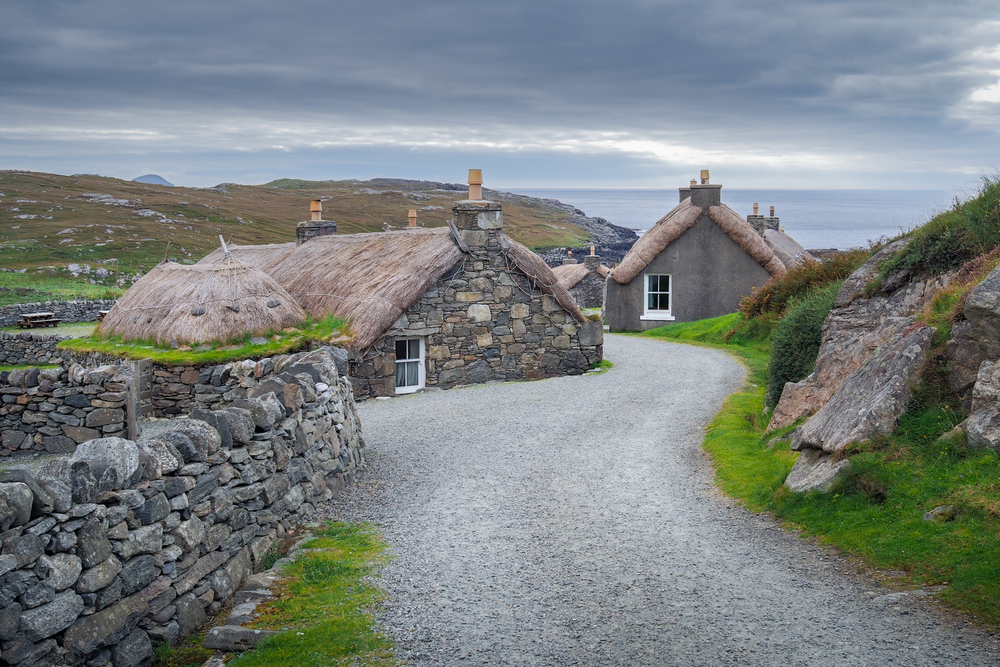
On the remote western edge of the Isle of Lewis, this restored village of traditional stone cottages offers a window into crofting life from a century ago. Atlantic winds sweep across the landscape, creating a natural soundtrack that drowns out modern intrusions.
The absence of nearby commercial establishments ensures evenings revolve around fireside conversation or solitary contemplation of the wild seascape.
Like Travel Pug’s content? Follow us on MSN.
The Torridon, Scotland
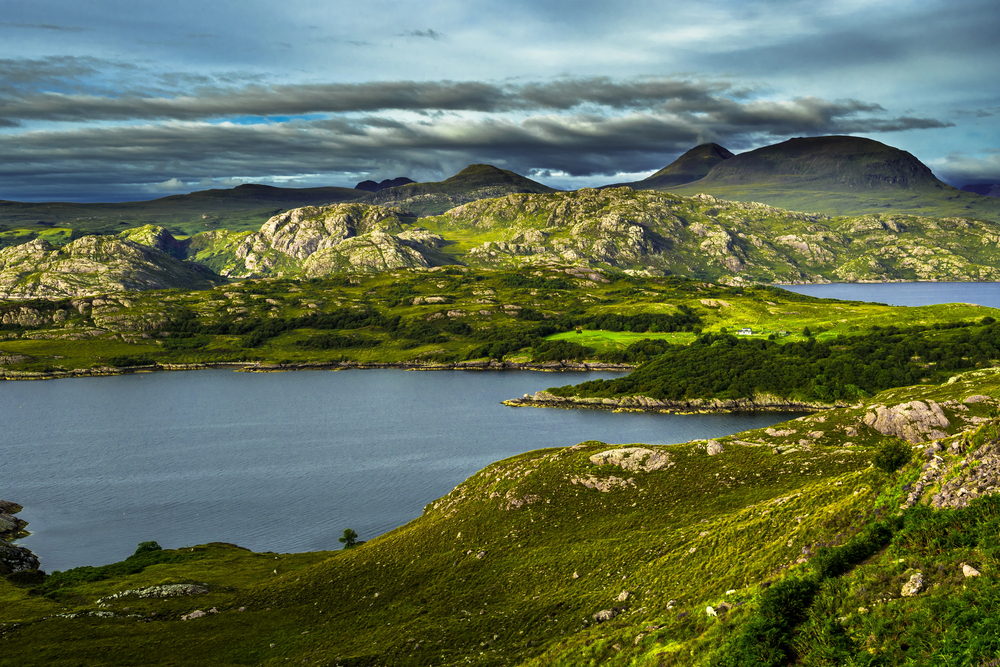
Nestled deep in the Scottish Highlands, this remote area sits surrounded by ancient mountains that appear almost protective in their embrace of the valley below. The landscape encourages long walks across heather-covered hills where the only company might be grazing red deer.
Evenings bring extraordinary quiet, making this region perfect for those seeking to hear nature’s subtler sounds—rustling leaves, distant waterfalls, and the distinctive calls of moorland birds.
Paro Valley, Bhutan
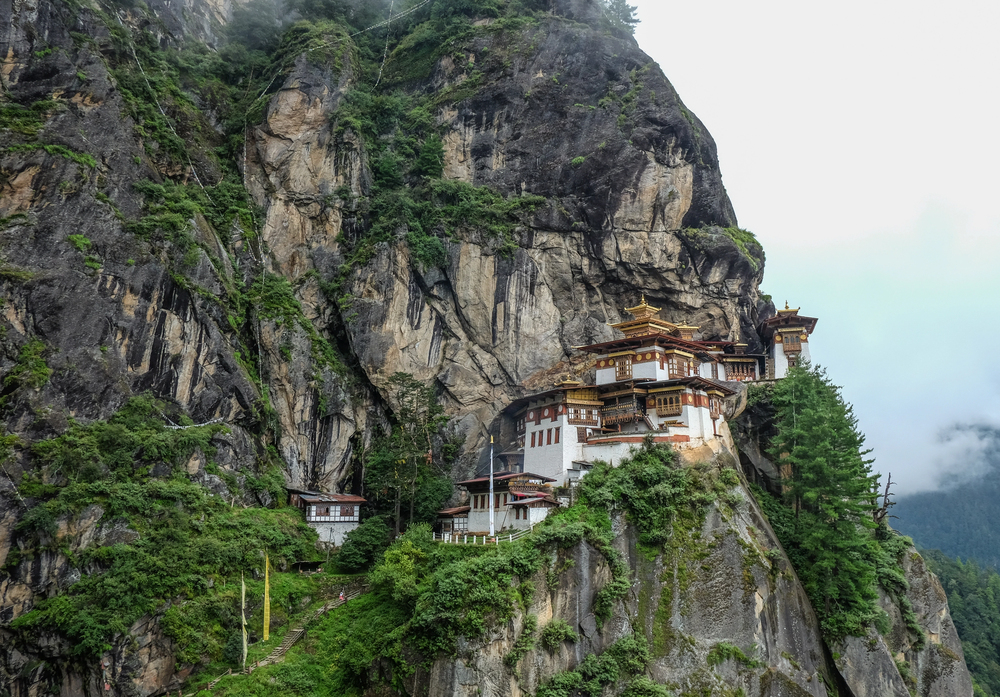
Bhutan’s measured approach to tourism and commitment to ‘Gross National Happiness’ creates a natural protection against over-development. The Paro Valley exemplifies this balance, with strict building codes preserving traditional architecture and a pace of life unchanged for centuries.
Prayer flags flutter in mountain breezes, creating gentle ambient sound while transferring blessings to the wind.
Tuvalu
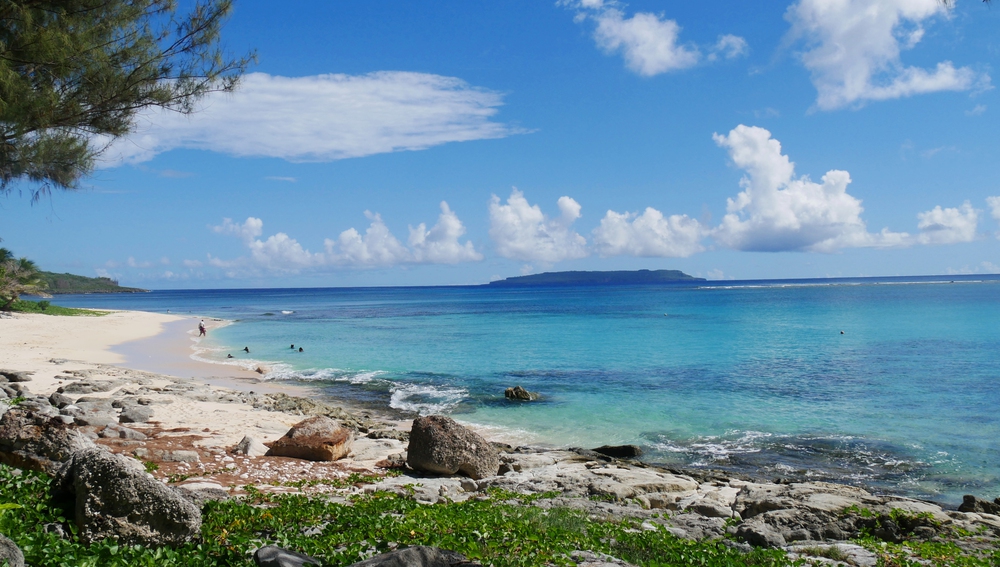
This Pacific island nation consists of nine small atolls where modern life arrives in carefully filtered doses. With a single runway that doubles as a community gathering space when planes aren’t arriving, the main island of Funafuti maintains a village atmosphere despite being a national capital.
Evenings bring multi-generational gatherings rather than organized entertainment, with storytelling and gentle ukulele music providing natural soundscapes.
Like Travel Pug’s content? Follow us on MSN.
Dhampur, India
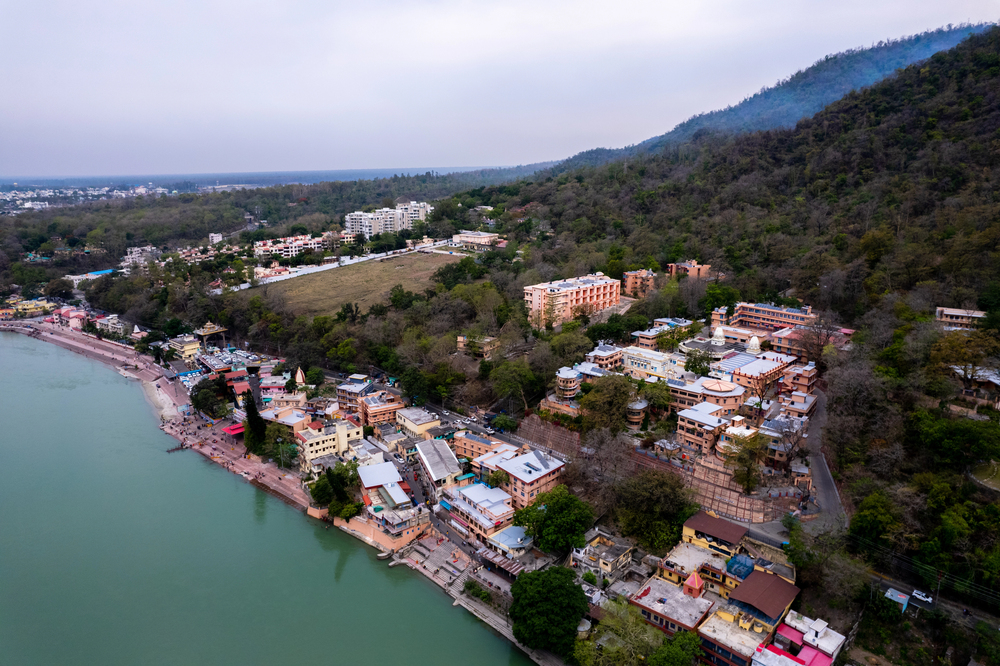
This small ashram town in northern India attracts those seeking extended meditation retreats away from urban distractions. Many accommodations maintain silence policies, while communal areas honor quiet conversation rather than animated discussion.
The surrounding countryside offers walking paths through mango orchards and along riverbanks, where agricultural rhythms rather than commercial timelines dictate the flow of days.
Sark, Channel Islands
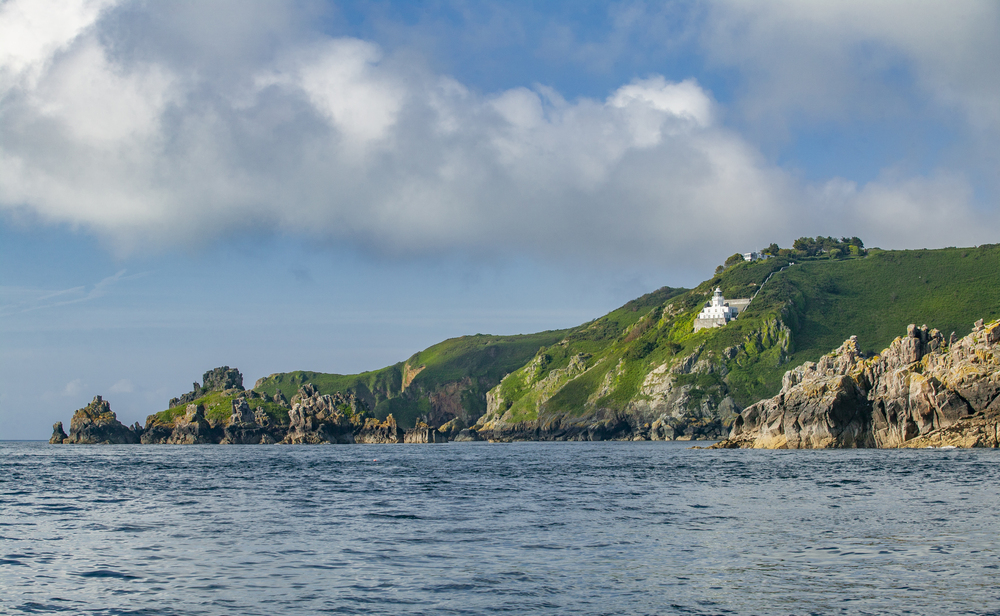
This car-free island maintains darkness so complete that it became the world’s first designated Dark Sky Island. The absence of streetlights preserves star visibility and the forgotten experience of true night.
Transportation by horse-drawn carriage or bicycle naturally limits speed and noise, creating an environment where rushing feels not merely unnecessary but actually impossible.
El Chaltén, Argentina
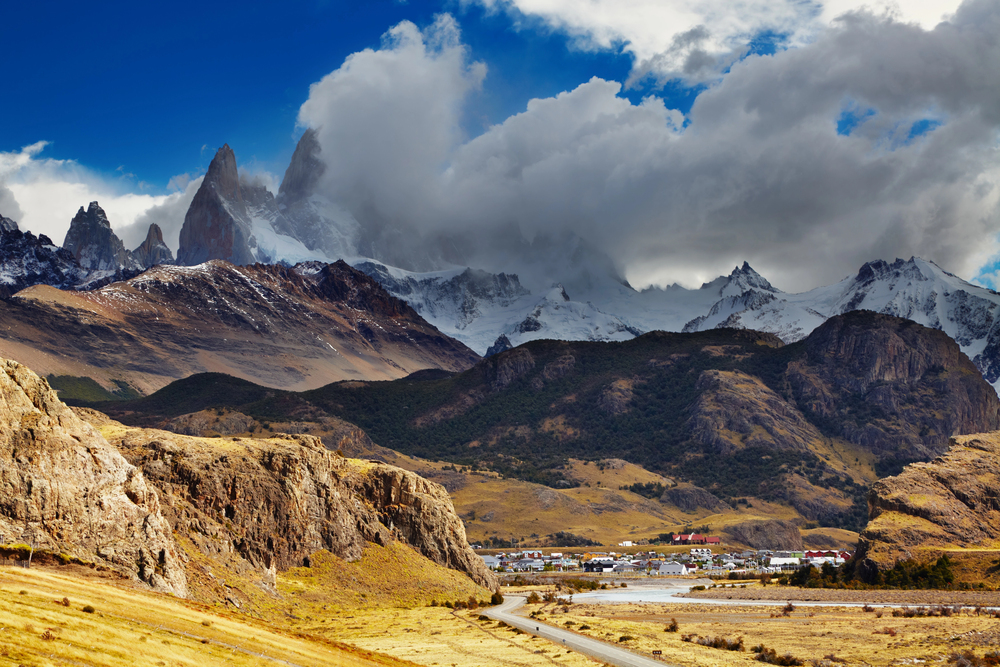
Despite growing popularity among hikers, this Patagonian outpost maintains its frontier town ambiance through geographical isolation and limited infrastructure. Nestled at the foot of Mount Fitz Roy, the settlement experiences periods of weather so intense that activity necessarily ceases, forcing visitors to embrace stillness.
Evening entertainment consists primarily of watching alpenglow illuminate mountain peaks, followed by stargazing in some of the world’s cleanest air.
Like Travel Pug’s content? Follow us on MSN.
The Alpujarra, Spain
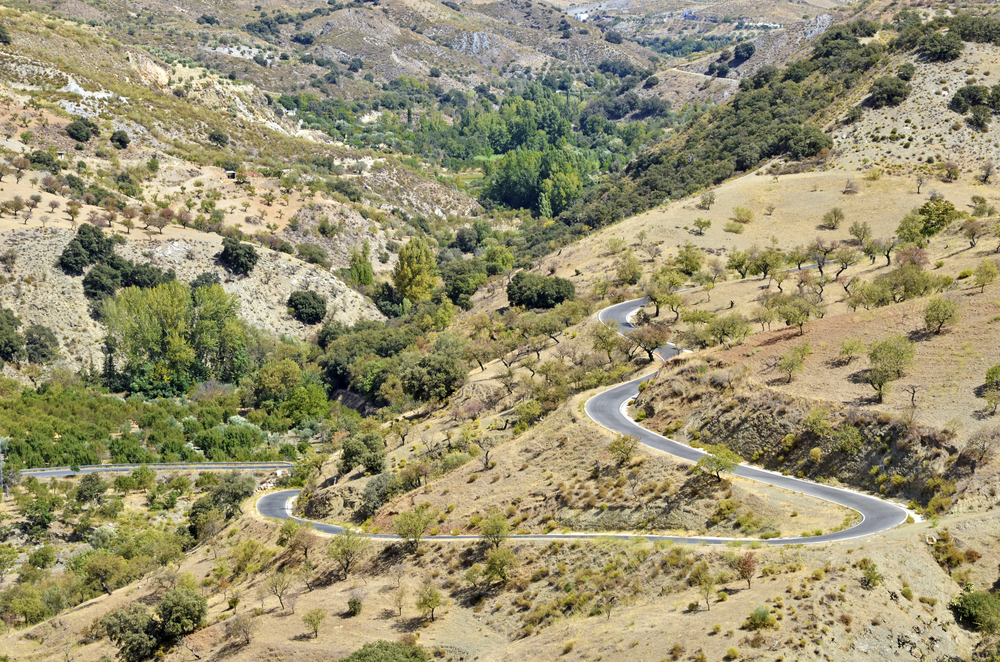
This collection of whitewashed villages clinging to the southern slopes of the Sierra Nevada mountains preserves a way of life more connected to medieval Moorish Spain than contemporary Europe. Narrow streets designed for donkeys rather than cars naturally limit traffic noise, while the tradition of afternoon closure extends well beyond the conventional siesta hours.
The region’s microclimate creates perfect conditions for simply sitting in plaza corners, watching light change across the valley as hours pass unmeasured.
Tikehau, French Polynesia

This coral atoll in the Tuamotu Archipelago contains just one small village where life centers around the natural rhythms of tide and sun. The pink sand beaches remain largely empty, creating natural meditation spaces where visitors naturally adjust to island time.
With electricity provided primarily by solar power, nights maintain their natural darkness, highlighting spectacular southern hemisphere stars.
Svaneti, Georgia
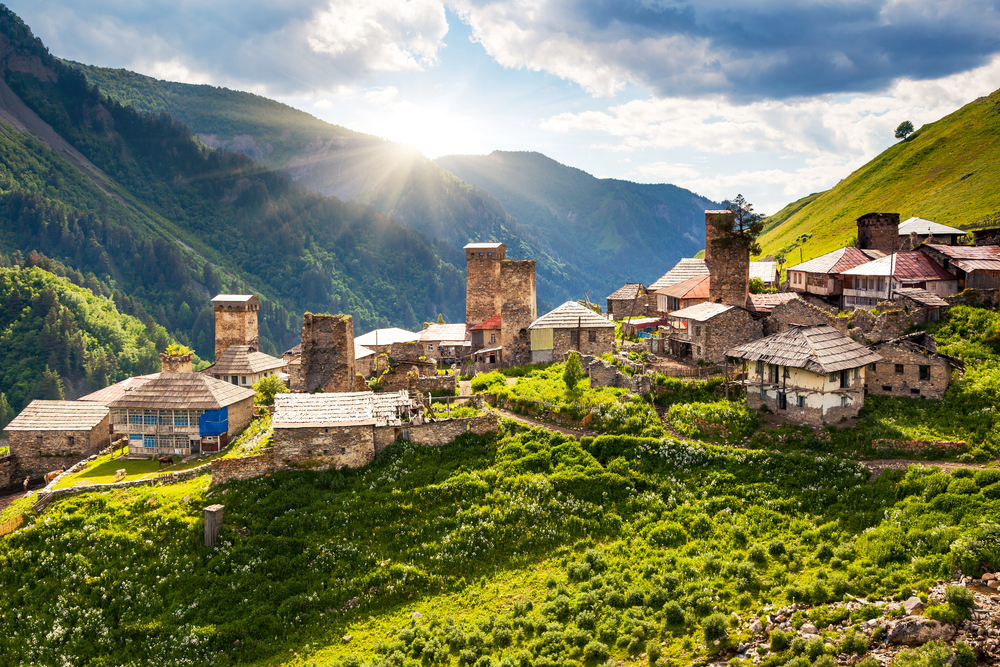
Isolated by towering Caucasus peaks, this highland region preserves a medieval atmosphere complete with stone defensive towers rising from village centers. The challenging mountain access has historically protected local traditions, including a musical heritage featuring polyphonic singing rather than amplified entertainment.
Days follow agricultural patterns regardless of season, with shared meals and fireplace gatherings forming the center of social interaction.
Like Travel Pug’s content? Follow us on MSN.
Tristan da Cunha
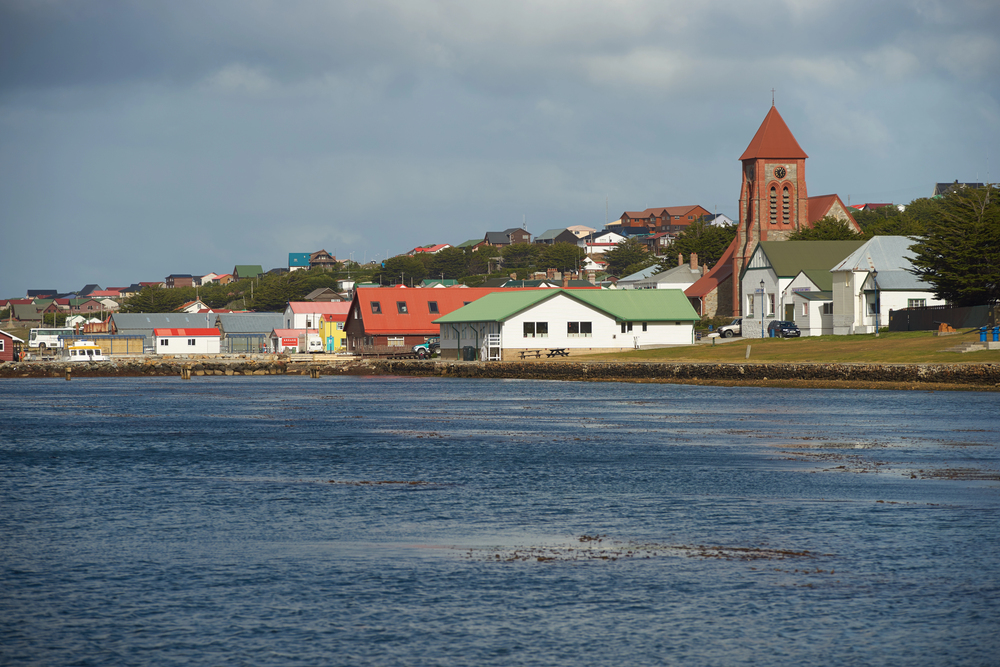
As the world’s most remote inhabited island—1,500 miles from the nearest mainland—this South Atlantic outpost redefines isolation. The island’s 250 residents share just a handful of surnames, with community cohesion replacing external entertainment options.
Without hotels or restaurants, visitors stay with local families, immediately adjusting to household rhythms dictated more by weather conditions than scheduled activities.
Skálanes, Iceland
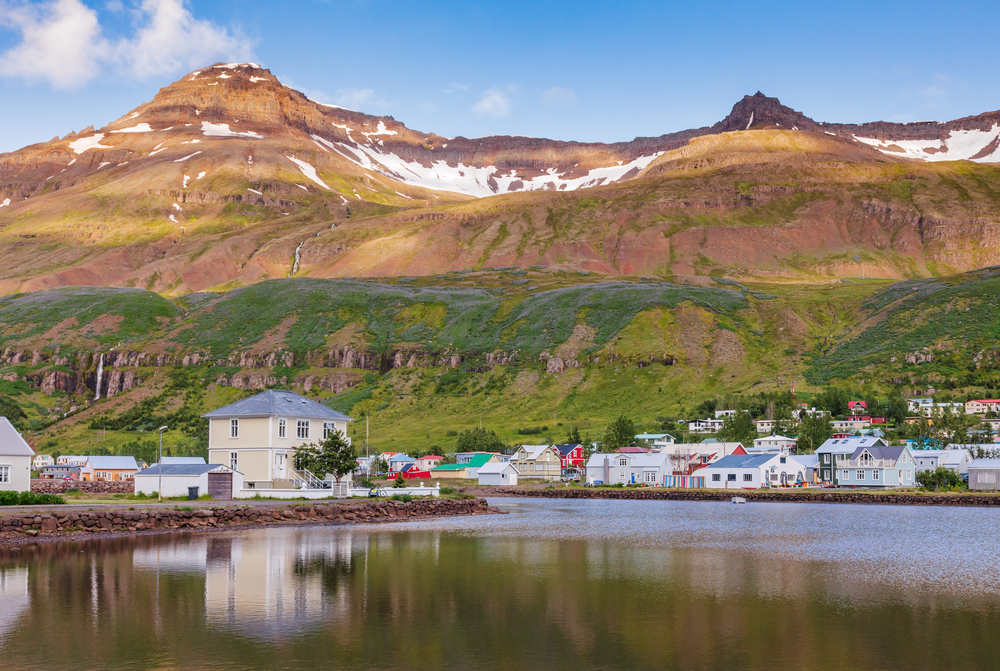
This nature reserve at the edge of an eastern Icelandic fjord operates from a renovated farmhouse surrounded by mountains on three sides and an ocean on the fourth. Research scientists and occasional visitors stay in simple accommodations where evenings bring conversation by woodstove light rather than digital entertainment.
The landscape itself provides endless fascination, with Arctic terns, reindeer, and seals making regular appearances against a backdrop of ever-changing Nordic light.
Ulleungdo, South Korea
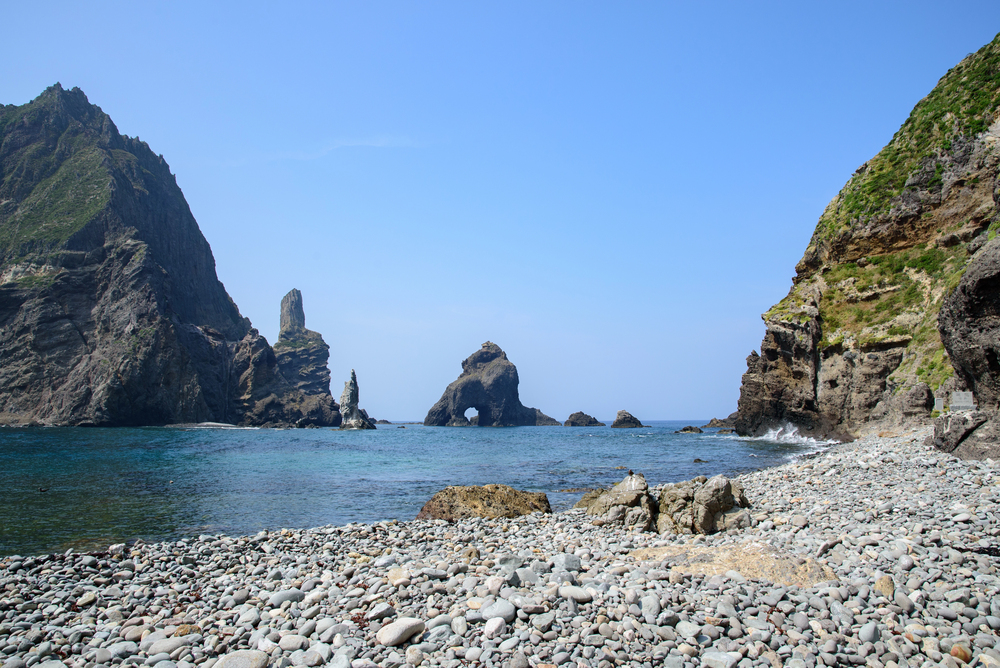
Three hours by ferry from the Korean mainland, this volcanic island maintains a distinct identity and pace. With minimal flat land, development remains naturally limited, preserving forests of ancient trees found nowhere else on earth.
The island’s small villages specialize in traditional dried squid production, creating distinctive scents rather than sounds, while waterfalls throughout the interior offer natural white noise that masks human activity.
Like Travel Pug’s content? Follow us on MSN.
Majuli, India
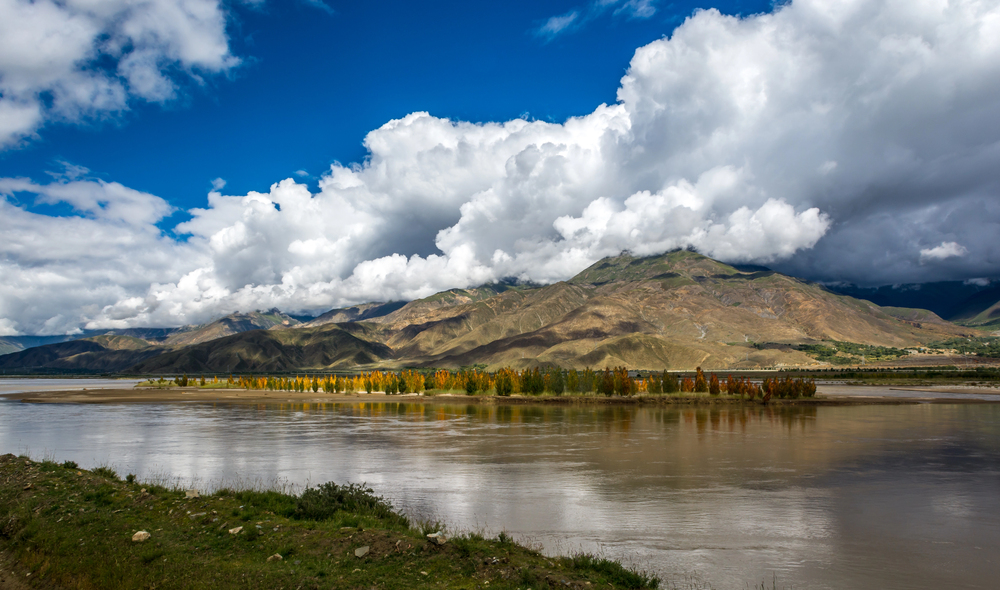
This river island in Assam’s Brahmaputra maintains a culture centered around monasteries whose monks perform traditional dances rather than hosting evening entertainment. Accessible only by ferry, the island’s isolation has preserved craft traditions and agricultural practices that follow seasonal rhythms rather than market demands.
Evenings bring ritual prayers rather than diversions, with early sleep patterns matching the natural rise and fall of daylight.
Foula, Scotland
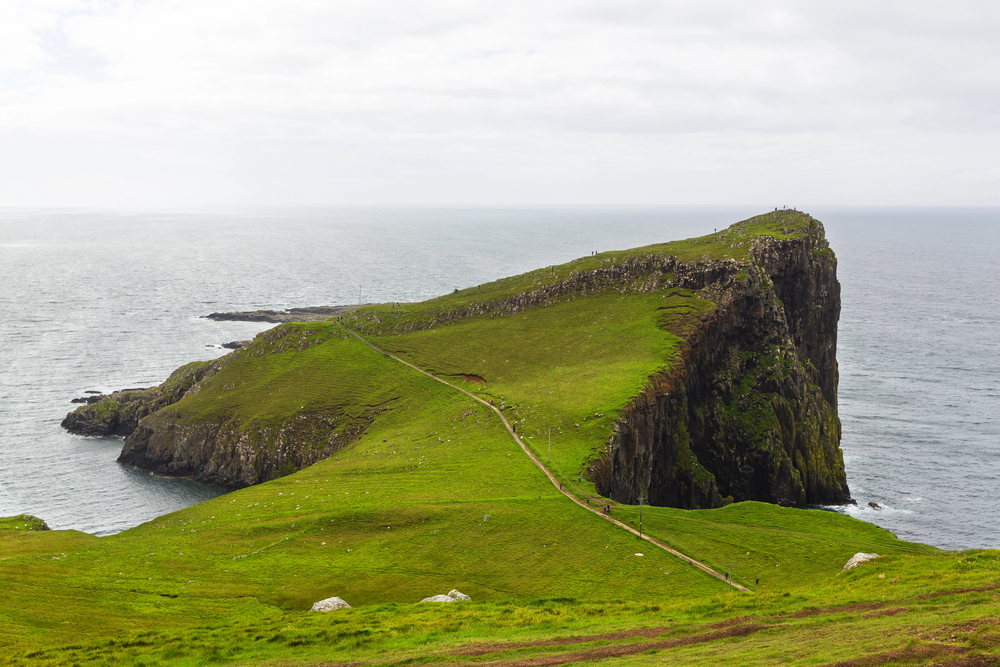
The most remote inhabited island in the British Isles, this Shetland outpost still follows the Julian calendar for certain celebrations, remaining deliberately out of sync with mainstream timekeeping. The approximately 30 residents live without typical village amenities in scattered homes built to withstand Atlantic gales that sometimes isolate the island for weeks.
Stunning cliff landscapes and abundant birdlife provide natural diversions requiring nothing but patient observation.
Mount Athos, Greece
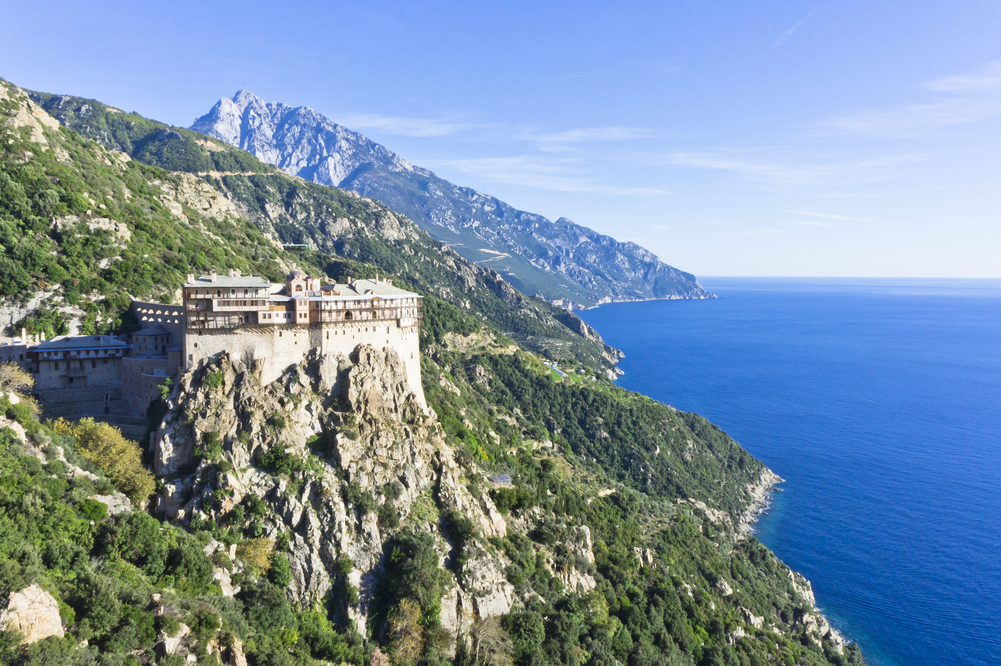
This autonomous monastic state has maintained its contemplative environment for over a millennium through strict visitor limitations and the complete absence of secular entertainment. The peninsula’s 20 monasteries follow Byzantine time, where hours vary with sunrise and sunset throughout the year rather than adhering to clock-measured uniformity.
Days structured around prayer services and meals eaten in silence naturally cultivate internal awareness rather than external stimulation.
Like Travel Pug’s content? Follow us on MSN.
The Wisdom of Stillness
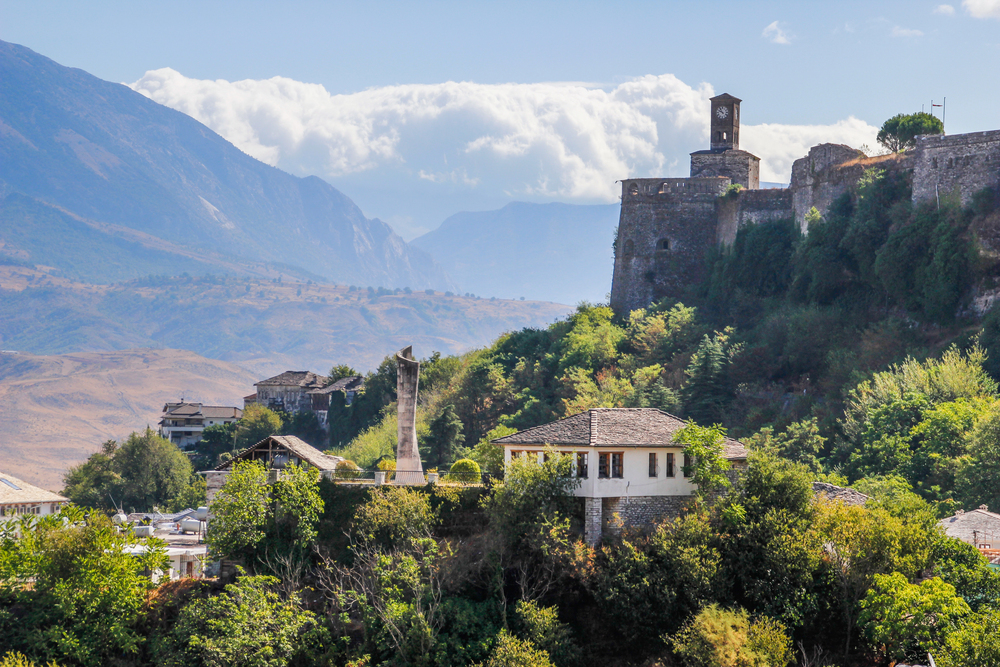
These destinations offer something increasingly valuable: environments where external stimulation fades away, creating space for the mind to settle into its natural clarity gradually. The absence of conventional entertainment doesn’t create emptiness but rather reveals what ordinary noise typically drowns out—subtle natural sounds, internal insights, and the simple pleasure of unmediated experience.
By permitting ourselves to visit places where ‘nothing happens,’ we often discover that everything essential has room to unfold at its own perfect pace.
More from Travel Pug

- 20 Destinations That Were Once Thriving but Are Now Quietly Disappearing
- 13 Destinations Where Tourists Regularly Regret Their Trip
- 20 Once-Popular Beach Towns That Are Now Ghostly Empty
- 10 Under-the-Radar Mountain Towns That Are Both Affordable and Beautiful
- Take a ‘Learning Vacation’ in These 20 Extraordinary Places
Like Travel Pug’s content? Follow us on MSN.
